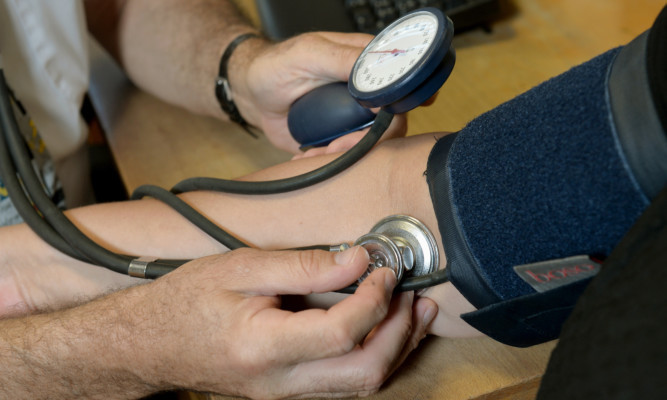A blueprint for health and social care for the next 10 to 15 years has been published, setting out plans to reform and improve services.
The National Clinical Strategy takes into account Scotland’s ageing population, the integration of health and social care services, and rapid advances in research and technology.
It calls for as much care as possible to be delivered locally, with people treated close to home, or even in their own homes.
Meanwhile, more complex treatments may be delivered by specialist centres, with follow-up treatment available locally.
Local hospitals will also need to provide suitable primary emergency treatment for all conditions, with some patients referred to larger centres for specialist care.
The strategy has been welcomed by organisations representing doctors and nursing staff.
It was led by medical director and former GP Dr Angus Cameron, with input from the National Clinical Director, Chief Medical Officer and Chief Nursing Officer.
The strategy has also been shaped by the views of patients, the public and other clinicians.
Health Secretary Shona Robison said: “The foundation of this strategy is to provide care as locally as possible. A whole-team, community-based care approach is vital to the future of the NHS, and will mean that people continue to be treated close to home, or even in their home, in the majority of cases.
“We want to make sure that the best possible care is available for everyone when they need it. This includes supporting patients to fully understand and manage their health needs, with a focus on rehabilitation and independence.
“When it comes to needing hospital care, we want the best results for patients. Evidence shows that people who need very specialist treatment often get better outcomes by receiving it from teams doing complex operations more frequently.
“The strategy outlines proposals to support smaller and rural hospitals to deliver for their communities, this includes having clinicians working across more than one hospital to allow specialist input to be delivered to remote and rural locations.”
Royal College of Nursing Scotland director Theresa Fyffe said: “The bold changes, which are implicit in this document, could potentially transform the way our health and care services are structured and delivered.
“What’s missing, however, is any explicit detail on how these changes could be delivered.”
Chair of the British Medical Association (BMA) Scotland Dr Peter Bennie said: “The BMA has warned for some time now that demographic pressures, problems in recruiting and retaining doctors, and constrained resources are making current health service models unsustainable. This new strategy provides assurance that these pressures are being recognised.
“The challenge for all of us with a stake in the future of Scotland’s health service is finding the right way forward to secure our NHS for generations to come. This new strategy should provide a launch pad for these vital discussions.”
